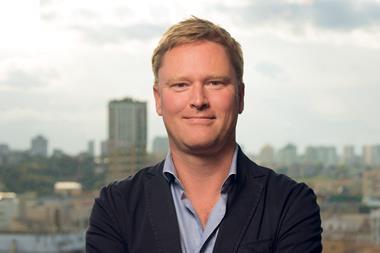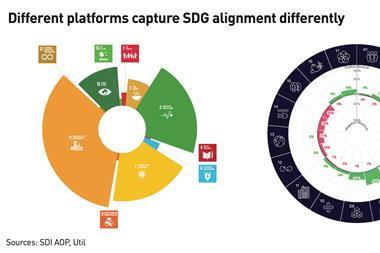A body set up to help asset owners invest in the UN Sustainable Development Goals (SDGs) has expanded its work to private markets.
Founded in 2020 by APG, AustralianSuper, British Columbia Investment Management Corporation and PGGM, the Sustainable Development Investments Asset Owner Platform (SDI AOP) developed a taxonomy to identify the solutions and activities that support the UN goals.
Based on corporate disclosures from 10,000 companies, it tells investors how much they contribute to different SDGs via their publicly-listed portfolios.
Now, SDI AOP has announced that it has developed a template for investors that want to assess the contribution of their private markets investments to the goals.
Because unlisted companies don’t have to provide detailed information to the markets, the platform cannot assess the alignment of private portfolios with its taxonomy. However, it has created a way for private markets investors to make the assessment themselves using the same framework based on the information they have access to.
“Private markets constitute a significant portion of asset allocation, and there is growing interest in providing solutions that incorporate private market investments,” said James Leaton, research director at SDI AOP, and former head of ESG and climate risk for Moody’s Investor Services.
He described the move into private markets as “a natural progression” for the Platform, adding: “These assets have the potential to make substantial contributions to the SDGs.”
As well as the founding asset owners, the SDI AOP is licensed by asset managers including BlackRock, Bridgewater, NN Investment Partners and UBS.
Philips Pensioenfonds, the pension fund for the Dutch electronics firm, uses data from SDI to help it run all of its passive equity strategies.
It has created two benchmarks: one for developed markets, which uses the SDG data to help it increase its exposure to eligible investments by 20%, and the other for emerging markets, which targets a 5% increase in investments.
“If the market by itself becomes more green, our portfolio maintains the differential,” Philips Pensioenfonds explained in a recent case study. “And we are talking about 20 percentage points, not a relative increase – so if 15% if the market, we go to 35%.”






















